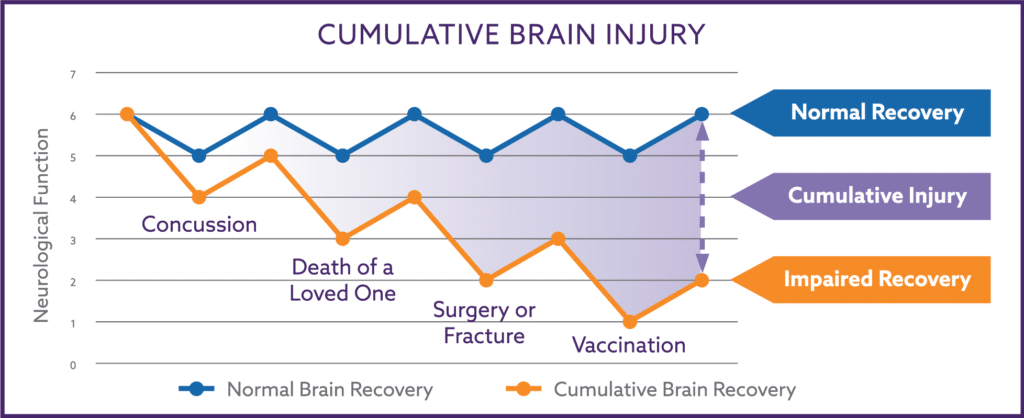What are the Symptoms of Insulin Resistance?
People may have Insulin Resistance for several years without noticing anything. But in many individuals, Insulin Resistance causes a wide variety of common symptoms we often attribute to other medical circumstances. These symptoms often occur because of an imbalance of your autonomic nervous system. Common symptoms from autonomic nerve dysfunction might include:
- Lightheadedness or an altered sense of balance when moving upright or sitting or standing still for a long time.
- A noticeably rapid heart rate especially with relatively minimal exertion such as climbing a flight of stairs.
- Sleep disturbances
- Frequent urination, day or night, urinary hesitation, dribbling or occasional incontinence.
- Abdominal bloating, heart burn, rapid fullness with meals, frequent nausea or a sensation of “low blood sugars”.
- Excessive sensitivity to light.
- Erectile dysfunction or an inability to ejaculate.
- Excessive sweating especially after meals.
- Flushing or an unusual redness in skin color
- Constipation
- Dry mouth
- Numbness of the feet
Fortunately, the majority of these problems will go away with reversal of Insulin Resistance.
What is Metabolic Syndrome?
Metabolic Syndrome is a sub-diagnosis of the Insulin Resistance and is associated with a marked increase in cardiovascular disease (Stroke, Heart Attack, Peripheral Arterial Disease) and Diabetes Mellitus. It is a very common and dangerous medical problem.
Metabolic Syndrome is defined as the presence of an increase in waist circumference (waist measurement of more than 40 inches for men and more than 35 inches for women) and 2 or more of the following health conditions:
- Triglycerides blood level of 150 mg/dL or more
- HDL cholesterol levels below 40 mg/dL for men and below 50 mg/dL for women
- Blood pressure of 130/85 mm HG or higher
- Pre-diabetes (a fasting blood sugar between 100 and 125) or diabetes (a fasting blood sugar level over 125 mg/dL).
How Common is Metabolic Syndrome?
The Metabolic Syndrome can be found in:
- 25% of the US adult population.
- More than 40% of people over 60 years old.
- More than 20% of people under the age of 40 years.
- Hispanic/Latino Americans have a higher risk for Metabolic Syndrome than non-Hispanic whites or African Americans.
What Causes Insulin Resistance and Metabolic Syndrome?
The last 20 years has seen an epidemic rise in Obesity, Metabolic Syndrome and Diabetes Mellitus in the United States. Extensive research has helped us to understand that the combination of high carbohydrate diets, lack of exercise and increased portion sizes has lead to this problem.
Pre-historic humans were designed to consume approximately 1 cup of carbohydrates (starches and sugar) per year. The modern American consumes 1-2 cups per day! Simply put, we are not designed to consume the large amounts of carbohydrates we commonly do.
Additionally, our intake of high fructose corn syrup has risen from about 0.5 cups per person per year in 1970 to 90 cups per person per year in 2007! Recent research suggests that the increase in highly process carbohydrates such as high fructose corn syrup may in fact be the single most important cause of the Obesity and Diabetes epidemics in the United States!
Our next post will discuss how we can reverse Insulin Resistance through diet.

